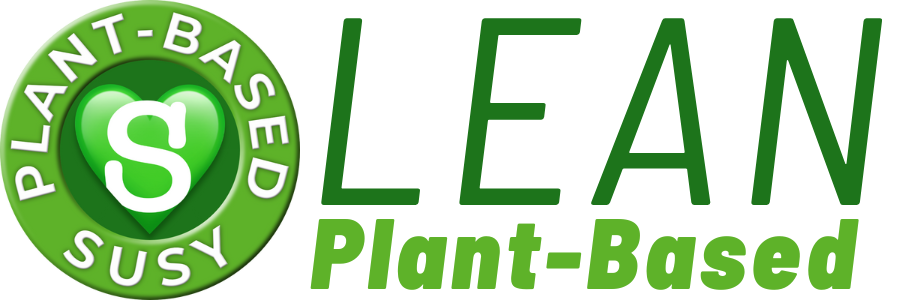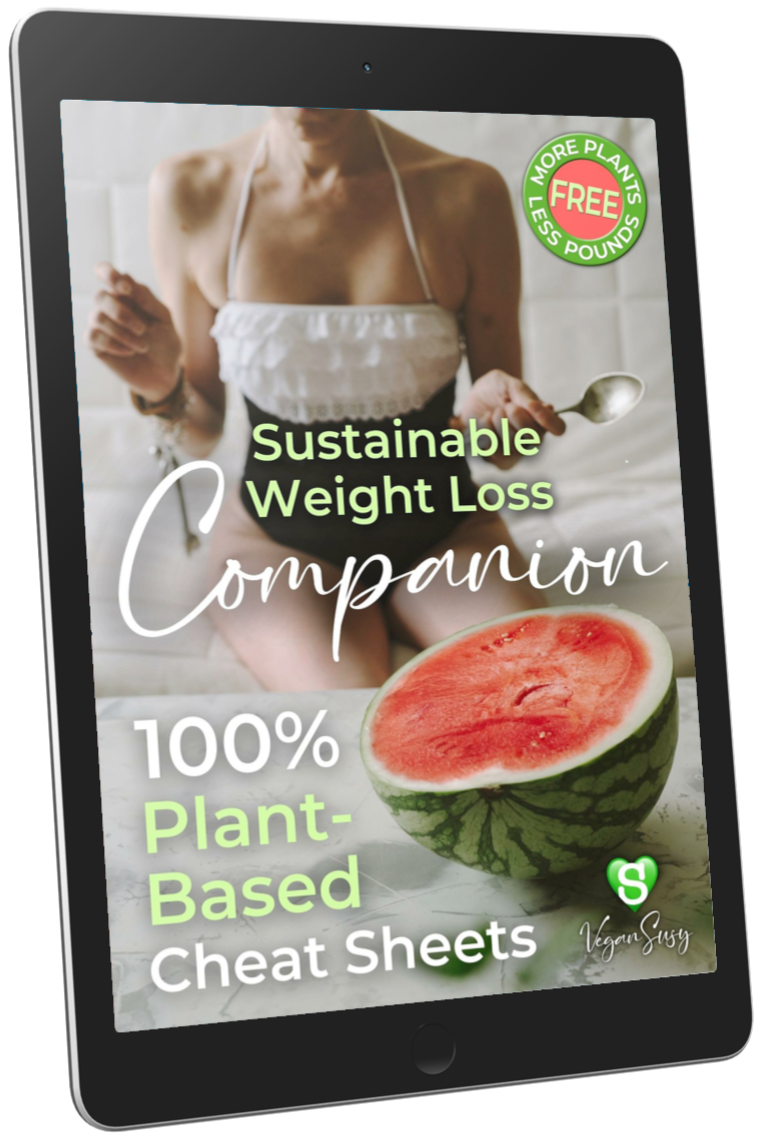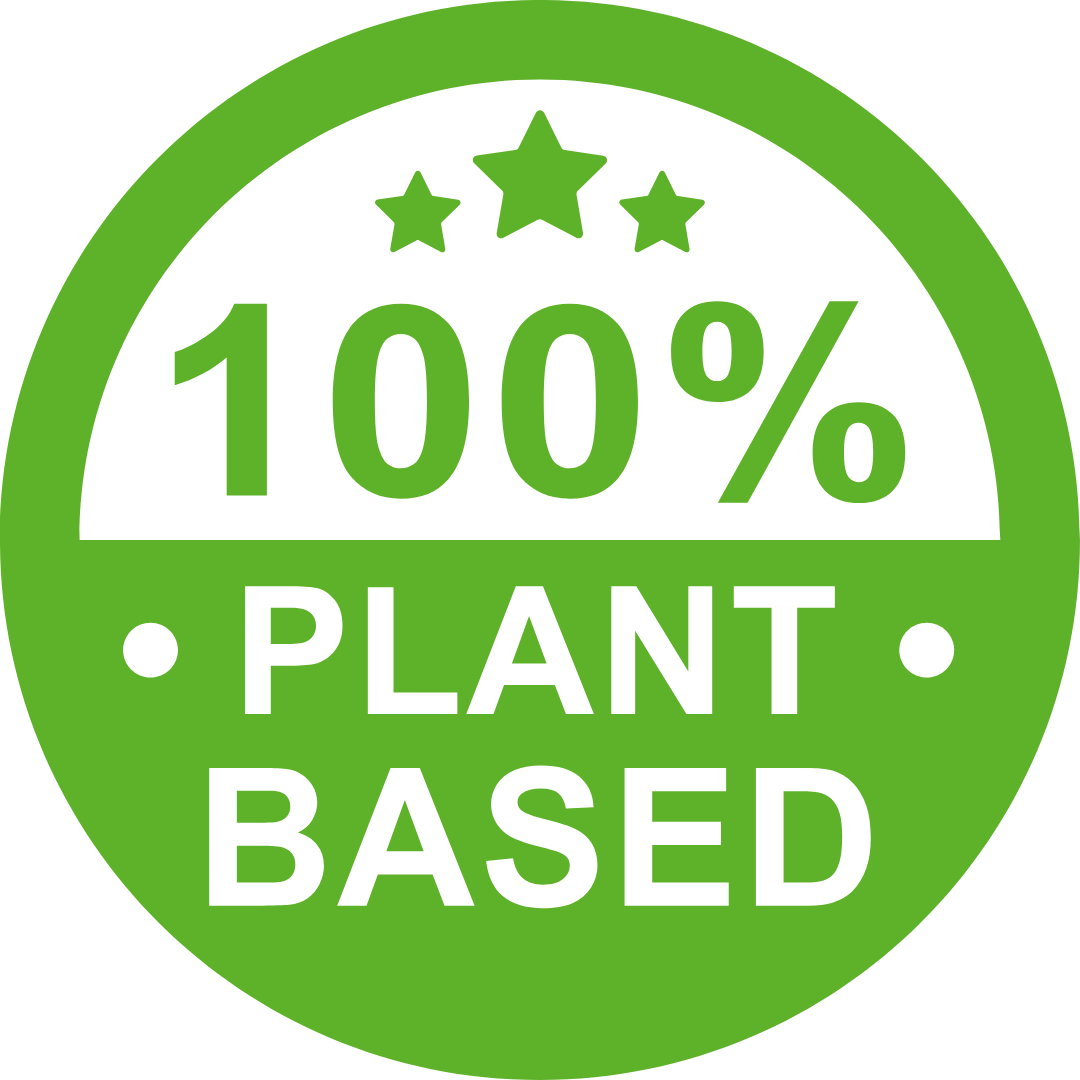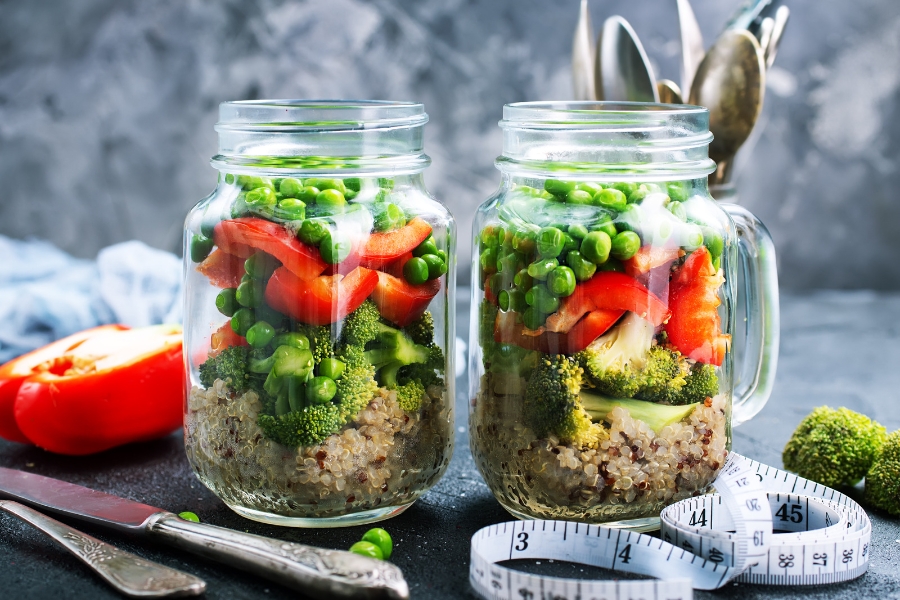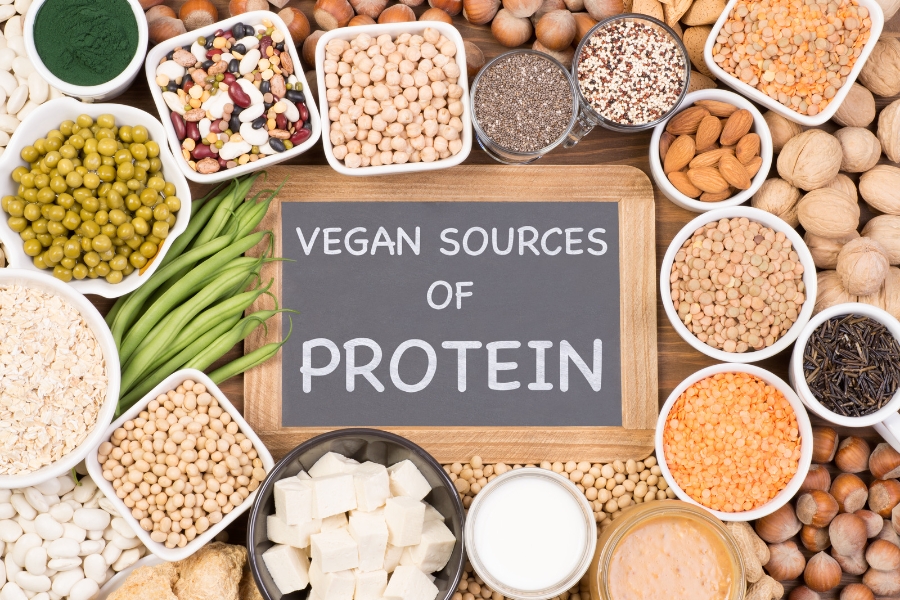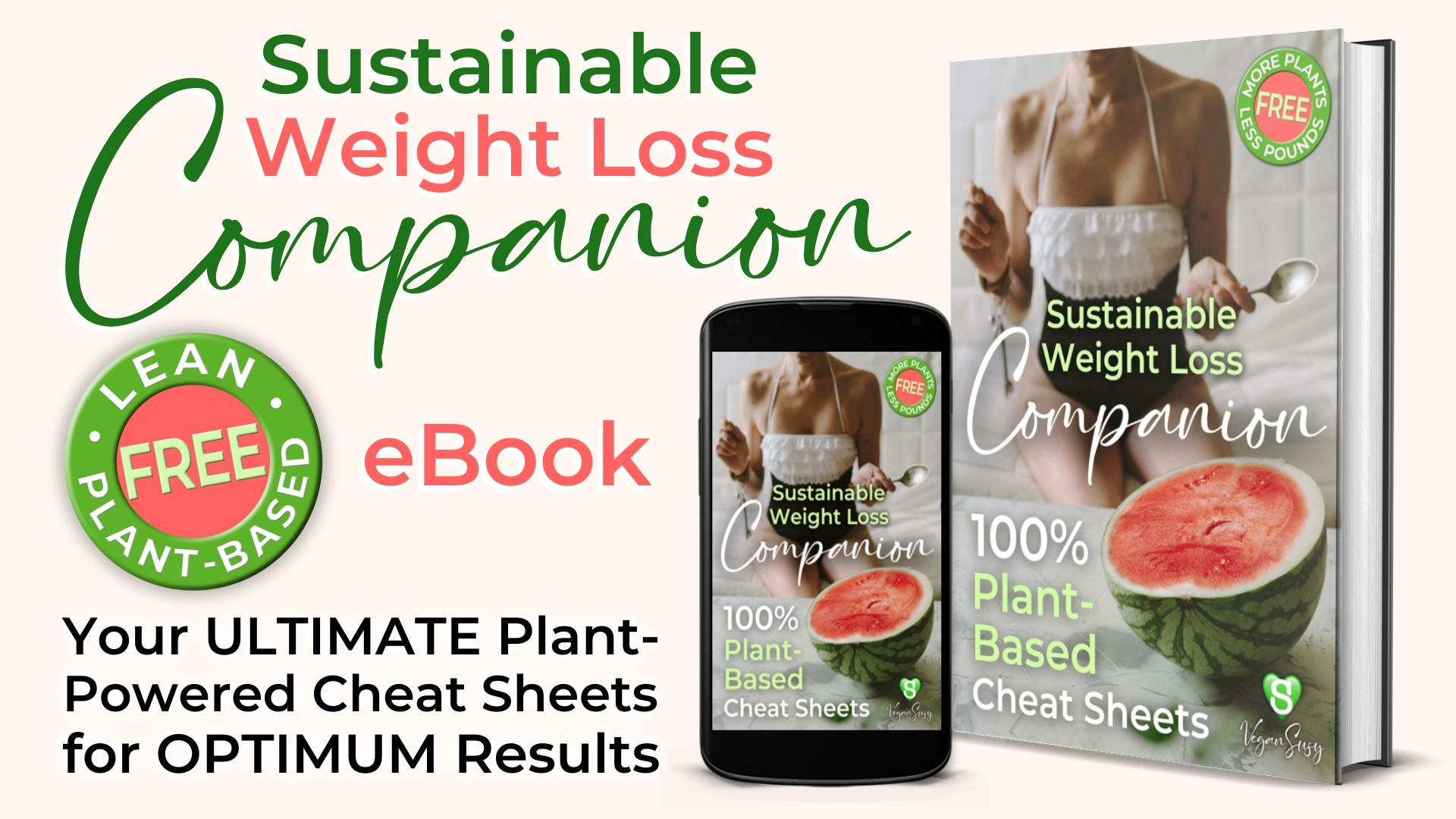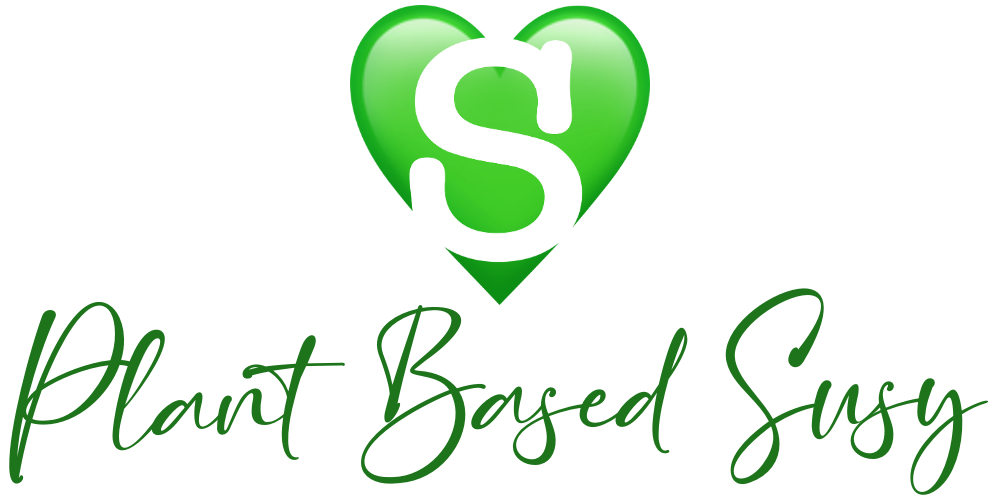
From The Exclusive Collection of FREE Plant-Based Recipes
By Plant-Based Nutrition Professional Chef Susy • Designed For Effortless Weight Loss & Weight Maintenance
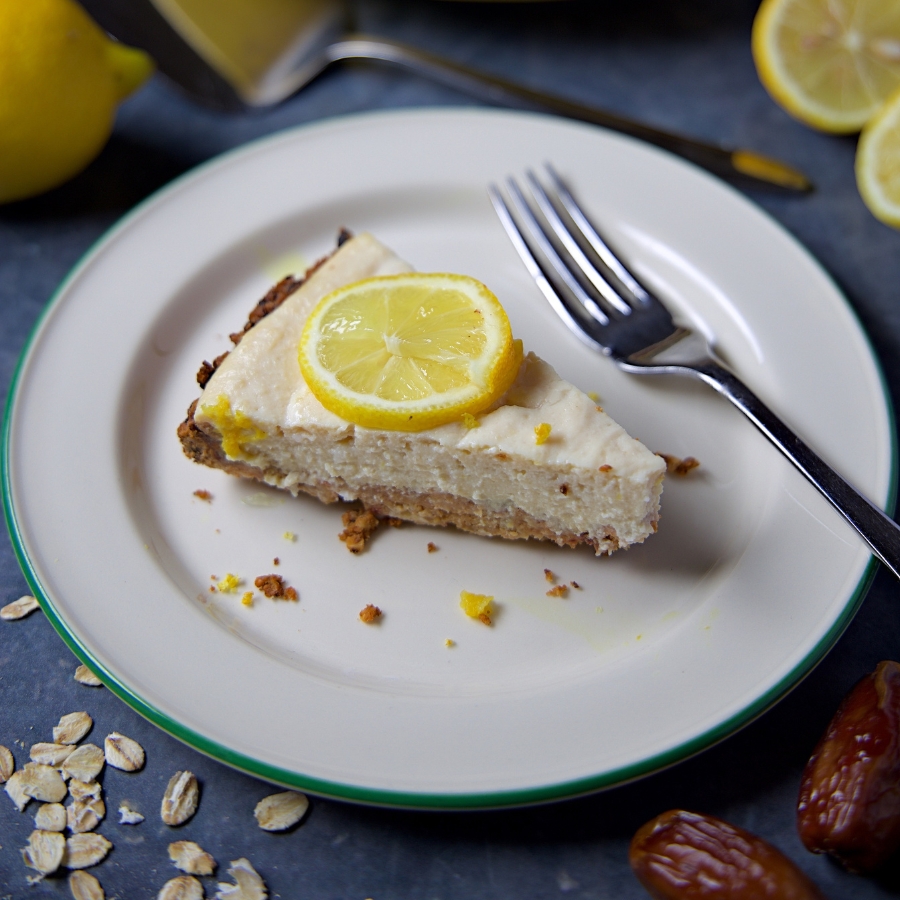
Vegan Lemon Cheesecake (Gluten-Free & Sugar-Free)
Drooling on a picture of lemon cheesecake? All you need is 10 minutes and a few ingredients to prepare your very own vegan lemon cheesecake at home!

Prep Time: 10 Mins | Cook Time: 25 Mins
Inactive Time: 2 Hours | Total Time: 2 Hours & 35 Mins
Servings: Adjustable
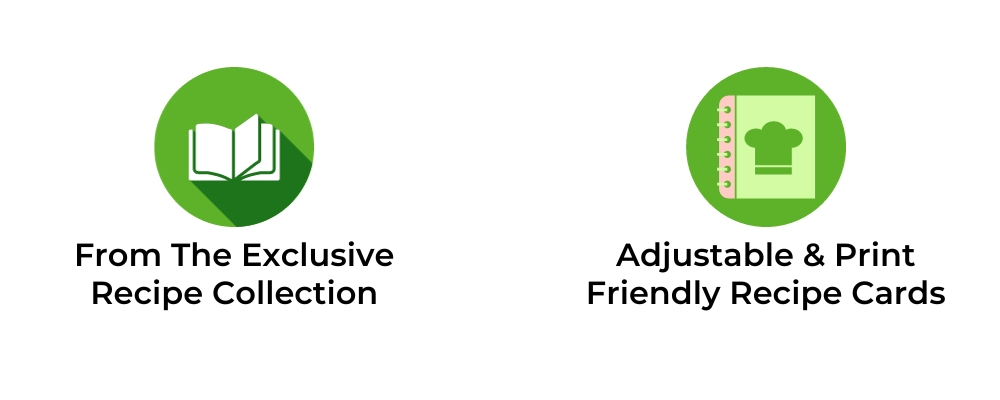
Let's Be Friends!
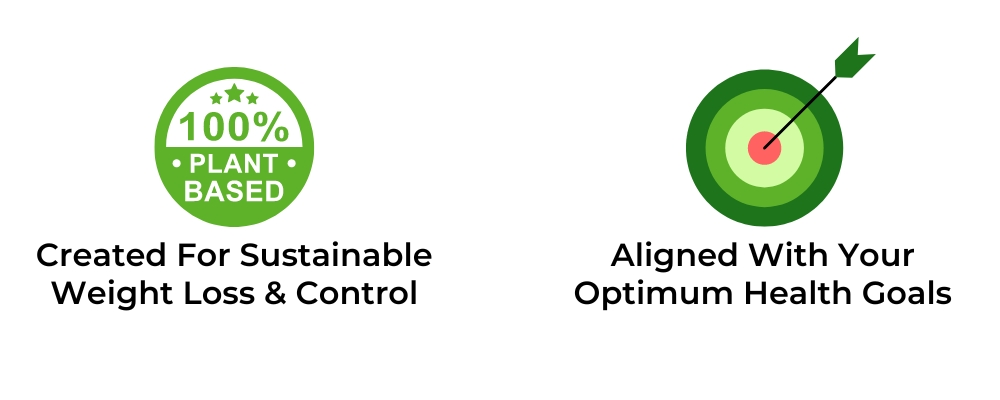
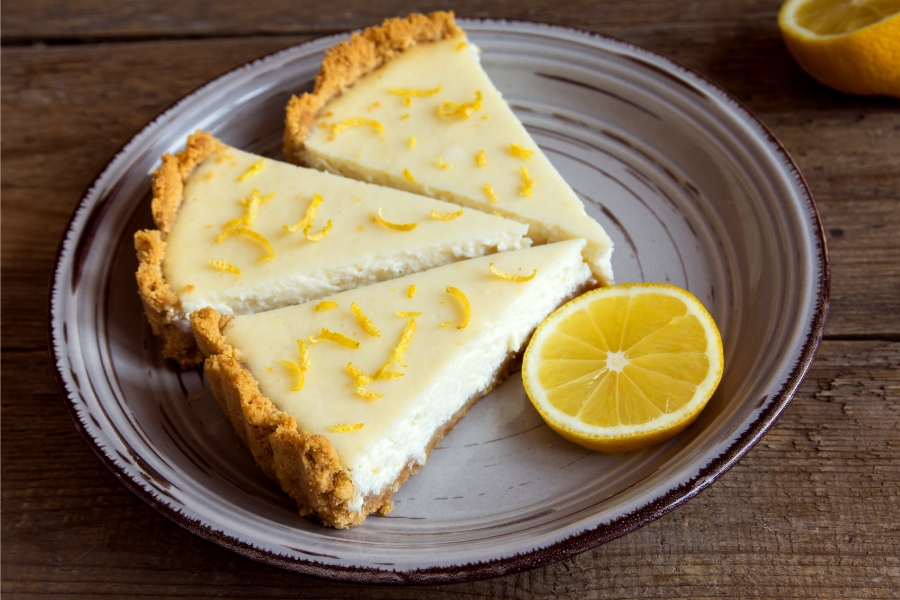
Craving the creamy and tangy taste of lemon cheesecake? Let’s replicate the flavour of your favourite bakery! The best part? We’ll make it vegan and gluten-free—no eggs and no flour required.
All you need is an oven, a high-speed blender, a lemon squeezer, and a loose-bottom baking tin.
Table of Contents
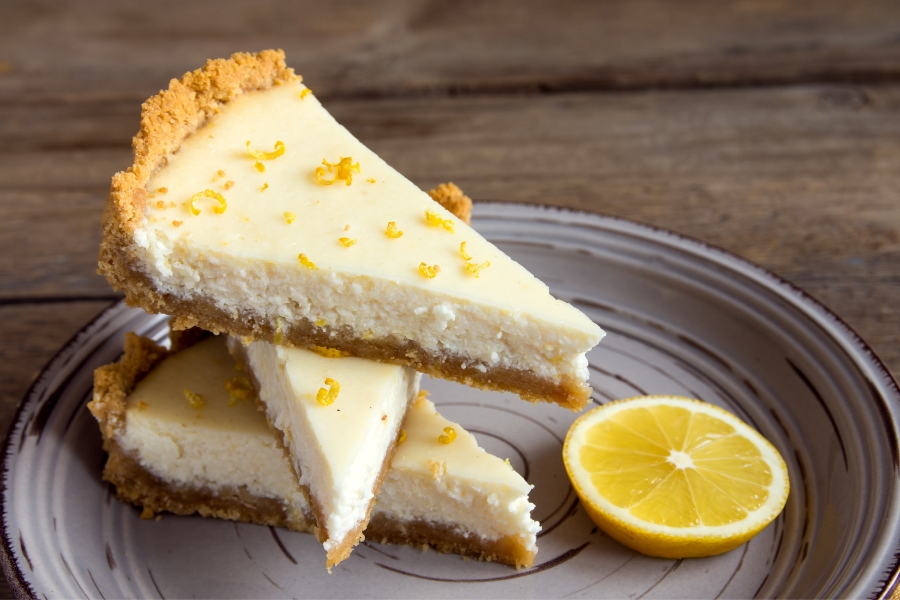
Why This Recipe Works
Easy to Prepare
My cheesecake recipe is all about effortless indulgence. The crust and filling come together with a quick blitz in the blender, and the delicious curd cooks easily on the stovetop.
Make Ahead Dessert
Whether last-minute entertaining or a spontaneous sweet tooth attack, this no-bake cheesecake is exactly what you need. Spread out the elements of the recipe by, for example, preparing the lemon curd a few days ahead. Then, prep and set the cheesecake a day before your special occasion.
Vegan Weight Loss Diet-Friendly
What’s better than a delicious dessert? A diet-friendly dessert—like my vegan lemon cheesecake!
But how exactly is a vegan cheesecake a healthy indulgence?
It uses natural sweeteners, like Medjool dates, instead of refined sugar.
The crust is made with rolled oats (a whole grain that provides fibre).
The filling uses tofu (a good source of plant-based protein).
However, it does contain some caloric ingredients like dates, coconut oil, and agave syrup. So, depending on your specific dietary needs, you might want to consider portion control, as this dessert is so super-delicious and nutritious.
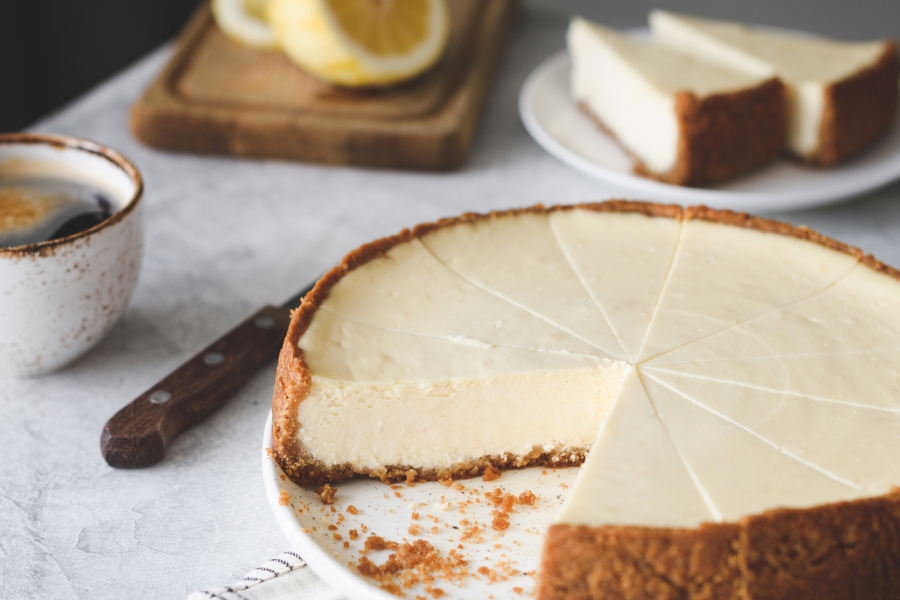
Recipe Ingredient Notes
Base Ingredients
Rolled oats. This is the base of the cheesecake that provides a crunchy texture. Look for rolled oats (not quick oats) for the best texture.
Medjool dates (pitted). These naturally sweet (and sticky) dates act as the binder for the oat crust. Medjool dates are known for their rich, caramel-like flavour—but you can substitute other dried fruits like raisins or figs if needed or so desired.
Tapioca flour. My crust wasn’t stable enough, so I mixed in a bit of tapioca flour to keep it firm.
Coconut oil. Melted coconut oil adds moisture and richness to the crust. If you're not a fan of coconut flavour, you can use another neutral oil like avocado oil.
Baking powder for a lighter and airier crust.
Salt to enhance the flavours in the crust.
Filling Ingredients
Tofu. Silken tofu acts as the base for the creamy cheesecake filling. Firm or medium tofu will result in a thicker and more cheesecake-like texture compared to soft tofu.
Agave syrup. You can adjust the amount based on your taste preference or use another liquid sweetener like maple syrup.
Coconut oil. Melted coconut oil adds richness—and helps create a smooth texture in the filling.
Tapioca flour (if using soft tofu). This is optional but may be needed with softer tofu to achieve a thicker consistency in the filling.
Lemons (zested and juiced). Fresh lemon zest and juice add the bright citrus flavour that defines this cheesecake. Choose unwaxed lemons for the best zest.
Vanilla paste/extract for a touch of warmth to the flavour profile.
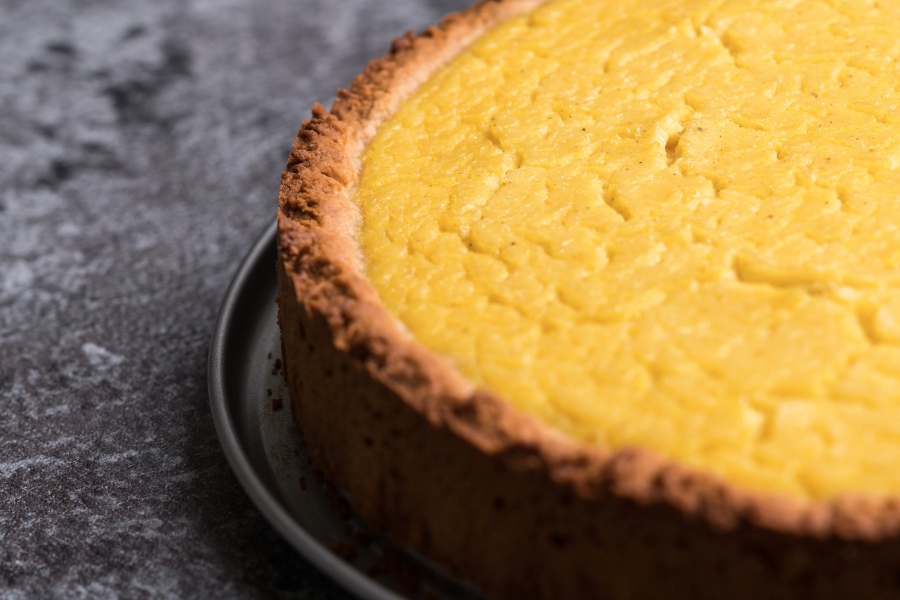
How To Make Vegan Lemon Cheesecake
Make the crust. Preheat the oven to 350°F (180°C). In a blender, combine all the crust ingredients (rolled oats, pitted dates, tapioca flour, melted coconut oil, baking powder, and salt). Blend for about 30 seconds (or until the dates are chopped and the mixture is combined). It does not need to be completely smooth.
Prepare the pan. Lightly brush the bottom and sides of a 1-inch (25 cm) loose-bottom baking tin with vegan margarine or oil.
Form the crust. Press the oat mixture into the prepared pan until it reaches the edges to create a 1-inch rim for the filling. Use a fork to prick the bottom of the crust a few times.
Bake the crust. Bake the crust for 15-20 minutes or until lightly golden brown.
Make the filling. While the crust bakes, add all the filling ingredients (tofu, agave syrup, melted coconut oil, tapioca flour [optional], lemon zest, lemon juice, and vanilla extract) to your blender. Blend until smooth and creamy.
Assemble the cheesecake. Once the crust is baked, remove it from the oven and let it cool slightly. Pour the creamy lemon filling over the cooled crust.
Bake the cheesecake. Reduce the oven temperature to 320°F (160°C) and bake the cheesecake for 25 minutes.
Chill and enjoy. Let the cheesecake cool completely, then refrigerate for at least a few hours (or overnight) to allow it to set firmly. Slice and enjoy your delicious vegan lemon cheesecake.
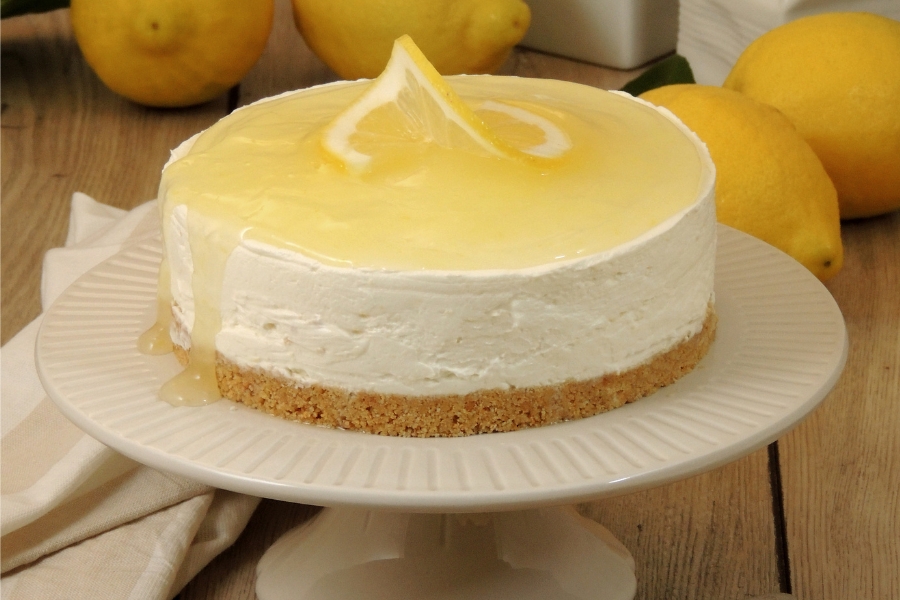
Variations, Ideas & Notes
Use crumbled gluten-free cookies instead of rolled oats for a different texture.
Replace lemons with grapefruit zest for a whole new flavour profile.
Add soaked and drained cashews for a creamier texture.
Swap agave tapioca powder for arrowroot powder.
Use brown rice syrup instead of agave syrup.
Add-ons
Nut butter
Dried lavender flowers
A dollop of vegan whipped cream.
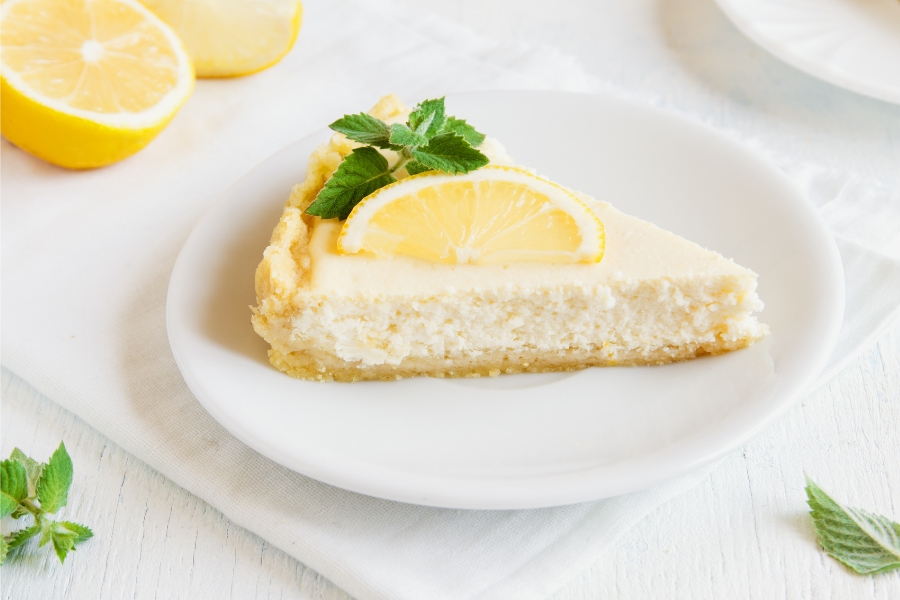
Pro Tips For The Vegan Lemon Cheesecake Recipe
Toast the oats. For a deeper, nuttier flavour in the crust, toast your rolled oats in a dry skillet over medium heat for a few minutes before adding them to the blender.
Make the crust leakproof. Create a double barrier by lining the bottom of your springform pan with a circle of parchment paper cut to size.
Pre-freeze the crust (optional). For an extra-crisp crust, try pre-freezing it for 15-20 minutes after pressing it into the pan.
Embrace the zest. When zesting your lemons, be sure to grate some of the white pith underneath as well. The special oil (limonene) in the white part will contribute to the bright lemon flavour.
Use a sharp knife to cut the slices, and wipe the knife after each slice for the cleanest cuts.
Store the leftovers. Freeze individual slices for a quick treat later. Simply thaw in the fridge for a few hours before enjoying. You can also crumble leftover cheesecake and use it as a delicious topping for yoghurt bowls, parfaits, or even oatmeal.
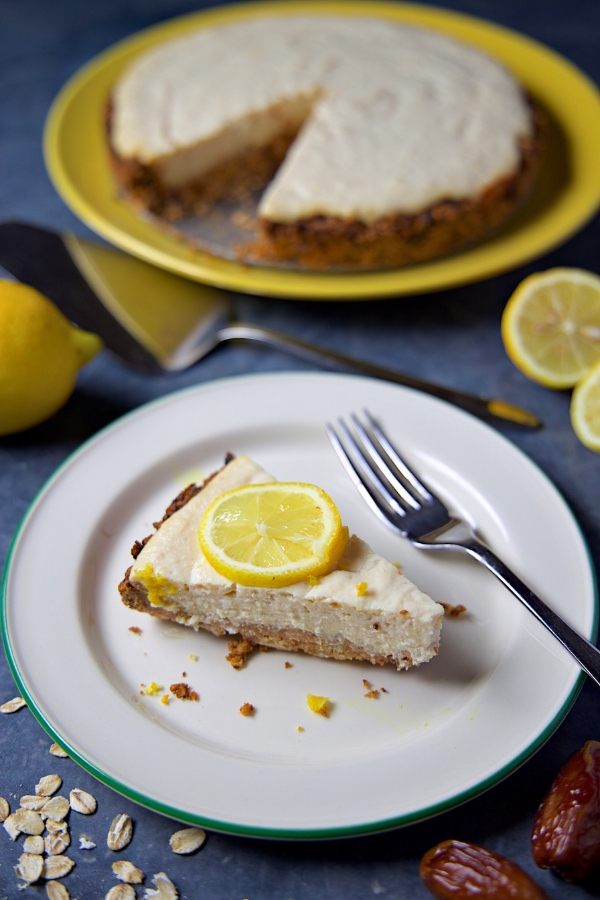
Frequently Asked Questions
Does vegan lemon cheesecake taste the same as non-vegan cheesecake?
Vegan lemon cheesecake doesn’t taste exactly the same as a traditional cheesecake, but it can be just as delicious. Here’s what’s different in a vegan cheesecake.
Denser texture (as we use tofu instead of cream cheese).
Lighter on the palate and waistline.
Has a slightly nutty flavour.
Vegan cheesecakes contain less saturated fat and cholesterol compared to traditional cheesecake—so it’s definitely a better choice for people on a plant-based weight loss journey.
How to serve lemon cheesecake?
Top with a dollop of vegan sour cream.
Arrange vibrant slices of lemon, orange, or grapefruit around the edge of the cheesecake.
Enjoy with a glass of refreshing watermelon lemonade
Drizzle vegan caramel sauce over the cheesecake aesthetically.
What can I use instead of coconut oil?
You can swap it with almond butter or another mild-flavored oil.
Is this cheesecake suitable for a keto diet?
It’s naturally low in sugar, but swap dates for a keto-friendly sweetener to make it keto-compliant.
How do I store vegan lemon cheesecake?
Keep it in an airtight container in the fridge for up to 5 days or freeze for longer storage.
Final Words
You see, vegan lemon cheesecake doesn’t have to be complicated. All you need is the right recipe and professional tips to create the perfect creamy and zesty treat!
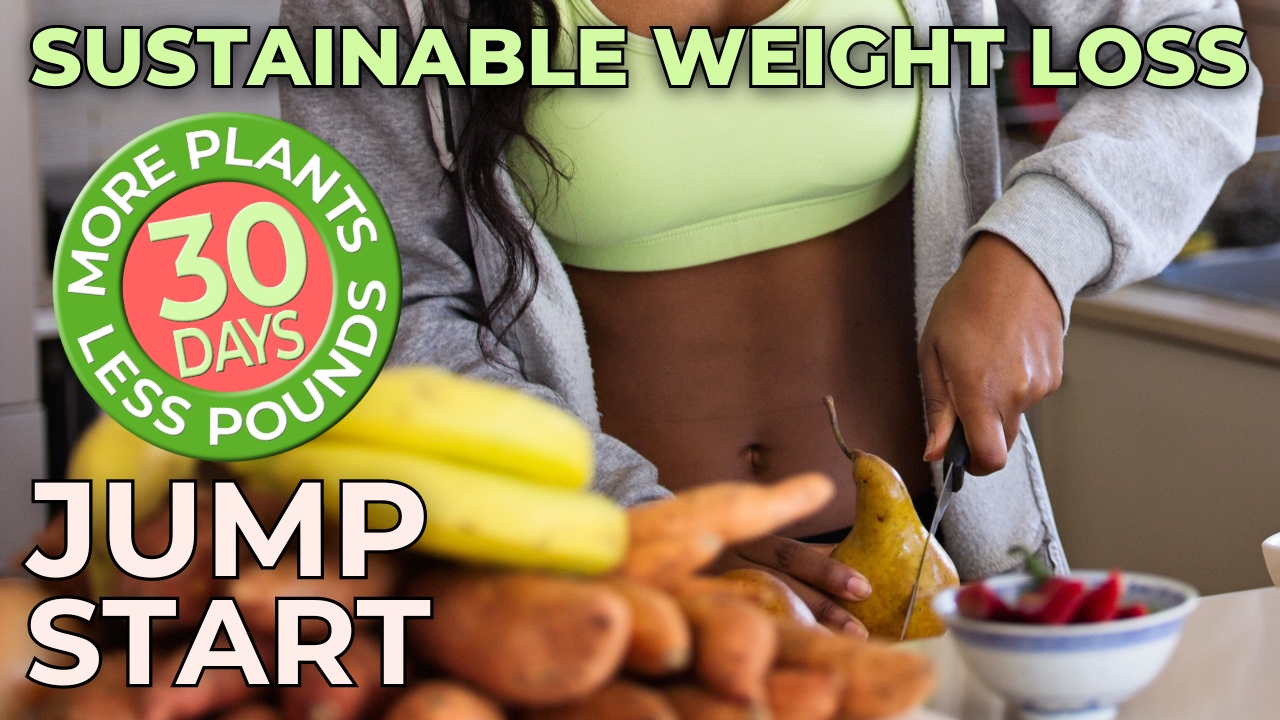
More Free Resources
Unlock Your Transformation Today!
Empower Yourself: Embark on a Delicious Fat Loss Adventure

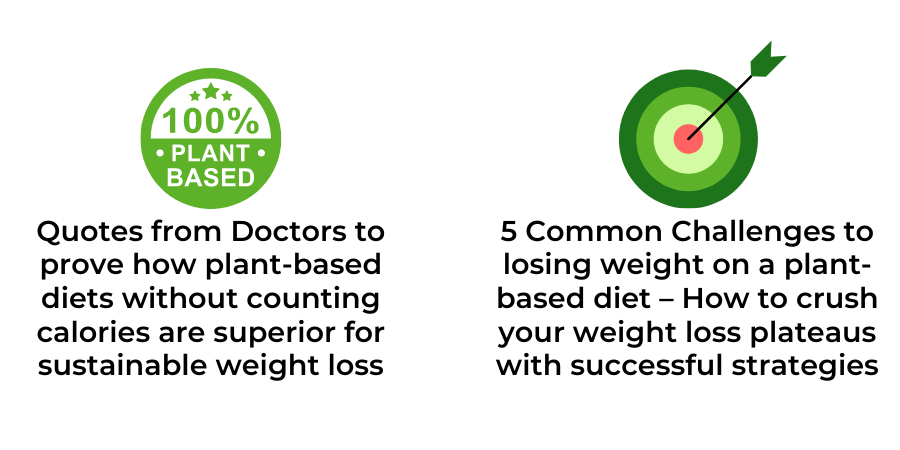
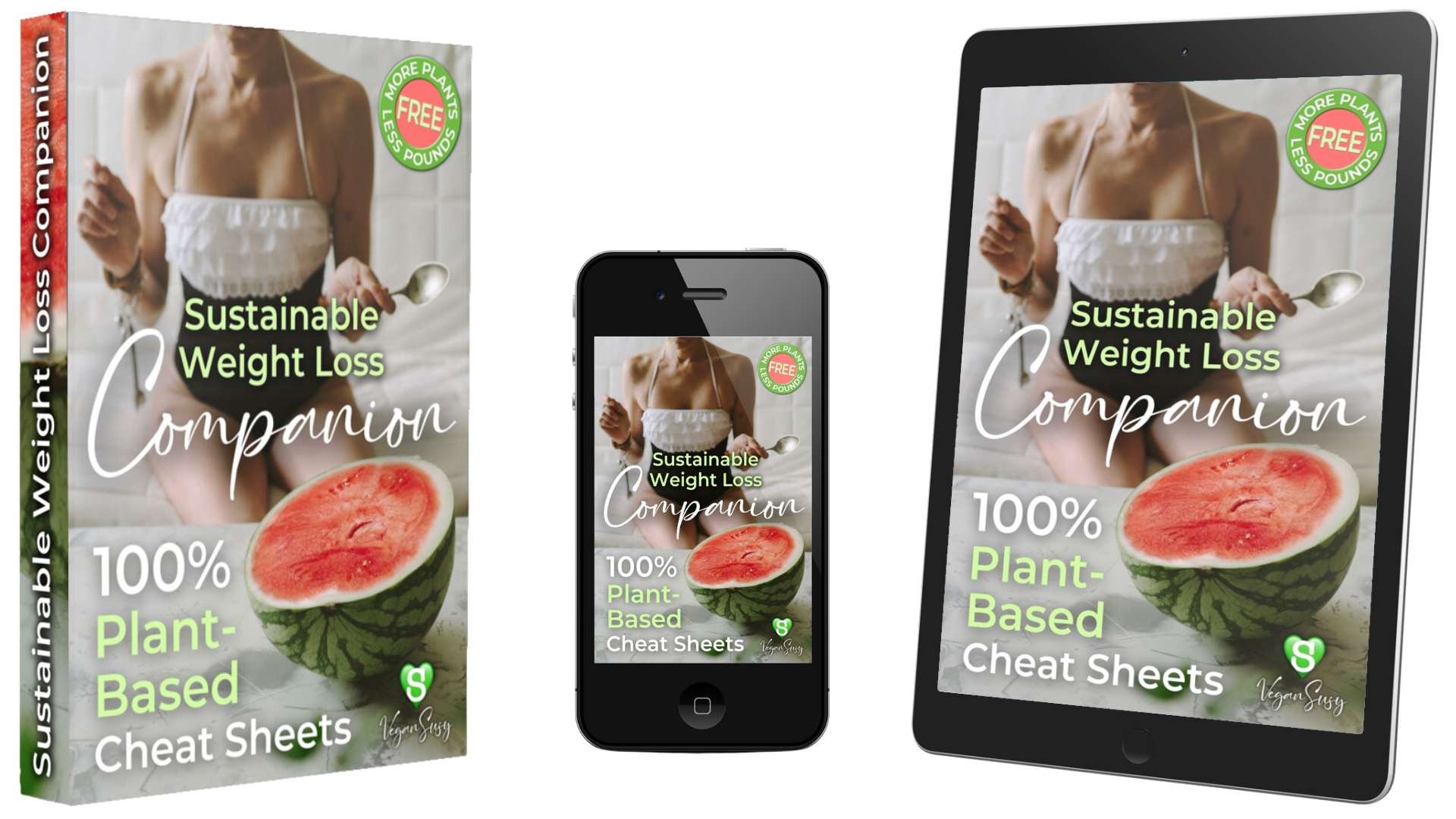
🍉 Get Ready to Jump Start Your Fitness Goals AND DISCOVER A HEALTHIER YOU!
🍉 Let's Make Your Fat Loss & Optimum Health Journey a Delicious Success Story!
🍉 Get The FREE Sustainable Weight Loss Companion eBook and CHEAT SHEETS!
© 2025 VeganSusy Ltd. All Rights Reserved

